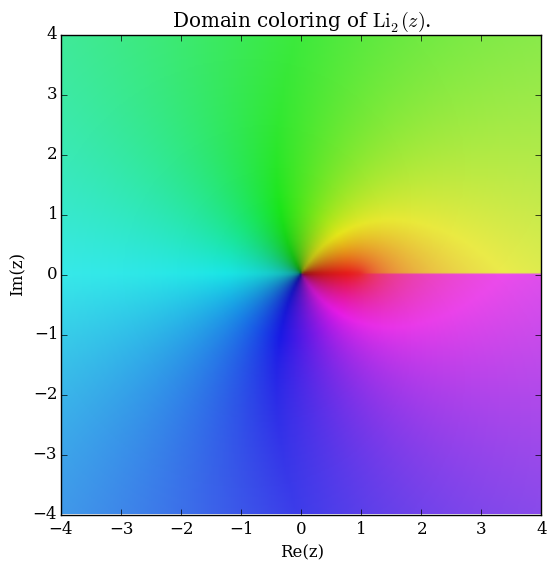Difference between revisions of "Dilogarithm"
From specialfunctionswiki
| Line 19: | Line 19: | ||
* {{BookReference|Dilogarithms and Associated Functions|1958|Leonard Lewin|next=Taylor series of log(1-z)}}: $(1.1)$ | * {{BookReference|Dilogarithms and Associated Functions|1958|Leonard Lewin|next=Taylor series of log(1-z)}}: $(1.1)$ | ||
* {{BookReference|Polylogarithms and Associated Functions|1981|ed=2nd|edpage=Second Edition|Leonard Lewin|next=Taylor series of log(1-z)}}: $(1.1)$ | * {{BookReference|Polylogarithms and Associated Functions|1981|ed=2nd|edpage=Second Edition|Leonard Lewin|next=Taylor series of log(1-z)}}: $(1.1)$ | ||
| + | * {{BookReference|Structural Properties of Polylogarithms|1991|Leonard Lewin|next=Relationship between dilogarithm and log(1-z)/z}}: $(1.1)$ | ||
[http://authors.library.caltech.edu/43491/1/Volume%201.pdf (page 31)]<br /> | [http://authors.library.caltech.edu/43491/1/Volume%201.pdf (page 31)]<br /> | ||
Revision as of 17:41, 11 December 2016
The dilogarithm function $\mathrm{Li}_2$ is defined for $|z| \leq 1$ by $$\mathrm{Li}_2(z)=\displaystyle\sum_{k=1}^{\infty} \dfrac{z^k}{k^2},$$ which is a special case of the polylogarithm.
Domain coloring of $\mathrm{Li}_2$.
Properties
Relationship between dilogarithm and log(1-z)/z
Relationship between Li 2(1),Li 2(-1), and pi
Li 2(1)=pi^2/6
Relationship between Li 2(-1/x),Li 2(-x),Li 2(-1), and log^2(x)
Derivative of Li 2(-1/x)
References
- 1958: Leonard Lewin: Dilogarithms and Associated Functions ... (next): $(1.1)$
- 1981: Leonard Lewin: Polylogarithms and Associated Functions (2nd ed.) ... (next): $(1.1)$
- 1991: Leonard Lewin: Structural Properties of Polylogarithms ... (next): $(1.1)$
